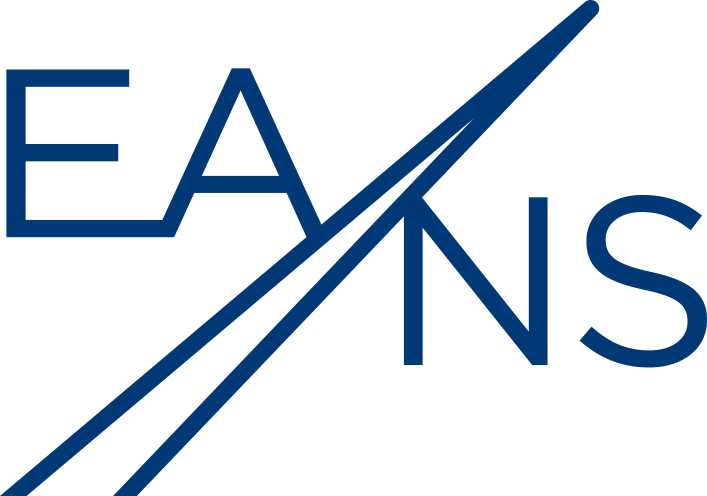Estonian Air Navigation Services and Cybernetica Sign Agreement to Expand Markets for Remote Tower

Estonian Air Navigation Services (EANS) and Cybernetica have signed an agreement for the continuous development and global offering of the Remote Tower system, currently developed and deployed in Estonia, with the sales perspective focused on low-traffic intensity aerodromes around the world.
“Remote air traffic control service means that the Controller’s working position does not need to be in immediate vicinity of the aerodrome using the service. To provide Air Traffic Controllers (ATCs) with information about the movements detected by video cameras, the visual tracking solution will be developed in the future,” explained Ivar Värk, CEO of EANS, adding that the software can detect only essential movements, e.g. aircrafts, vehicles, human beings, and distinguish insignificant objects, such as cloud movements. The first aerodrome to deploy remote air traffic control service in Estonia is Kuressaare, followed by Pärnu, Kärdla, and Tartu.
“We are very happy to see our long-term and trustworthy cooperation with EANS forming into an agreement. It is important for both EANS, as the user of Remote Tower system, as well as for Cybernetica, as the technical developer. Based on successful development and sales activities, we can be confident that our novel concept meets all the existing requirements of Air Navigation Service Providers (ANSPs) , and in the future, enables to achieve our common goal of providing solutions to increase aviation security in Estonia and abroad,” said Rein Haavel, Member of the Board at Cybernetica.
The video presentation of the integrated visual tracking and already existing surveillance data delivers information to ATCs in a more simple and immediate manner, which is impossible in case of a conventional tower. These new functionalities also increase the situational awareness of ATCs.
“Shadow-mode” trials were conducted within the recent system testing process at Tartu aerodrome, during which the technical feasibility and the impact of the new work environment on the human factor were assessed. “The feedback received from the ATCs during the testing process was taken into account as much as possible in further developments,” Värk commented.
Remote Tower concept enables flexible and cost-efficient provision of air traffic services at the aerodromes with low traffic intensity. “There are thousands of aerodromes that need such service – e.g. aerodromes that operate only during summertime (on islands) or aerodromes in places difficult to access. The more aerodromes integrated into a common centre, the higher the economic effect – one of the advantages is more effective use of the working time of ATCs,” he added.
According to Martin Link, Head of Sales at Cybernetica, the progress of air transportation worldwide poses more and more demands on ANSPs. “The current dynamics call for an innovative approach – which the Remote Tower undoubtedly is. Our capacity to provide a scalable and highly secure solution at low costs makes it feasible to an entirely new target group on an international level,” Link added.
The development of Remote Tower concept, system prototype, and the first version started in 2016, based on the aviation-specific knowledge of EANS, and long-term experience in software development of Cybernetica.


.jpg)





.png)
Comments
There are no comments yet for this item
Join the discussion